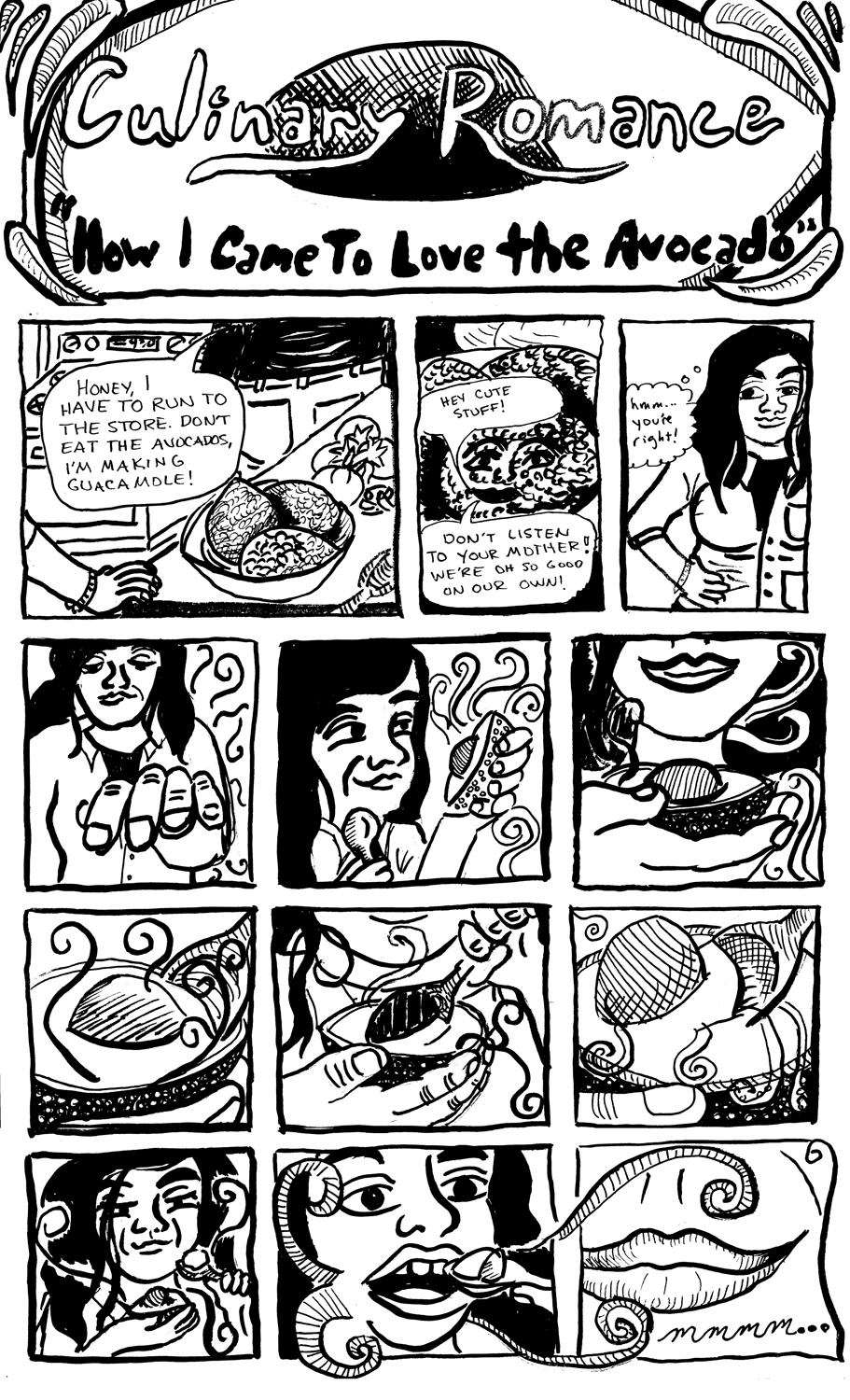I apologize for the lack of updates from the past couple of weeks. I have been working on projects and getting into the swing of things with the comics program and my life here. But, all is well! I’ve been doing lots of sketches and diary comics (some of which i’ve been posting on my comics blog), and making comics for the certificate program.
Lynda Barry memory writing exercises, soon to be memory comics!
For the past couple of weeks have been doing memory writing exercises from Lynda Barry’s book What It Is. The exercise basically prompts the writer to choose a word, and write down 10 memories associated with that word (example: train) So then, the writer makes a list, one to ten, and writes down memories associated with train. Then, the writer takes their memory of choice and answers some questions about it. These questions include: Where are you? What are you doing? Who are you with? What time of year is it? And so on. From there, the answers from the narrative develop the story itself, which starts off with I am. The story is written in 20 minutes.
So, since we have done a few of these over the past couple of weeks, we are now choosing our favorite/most vivid memory and turning it into a 2-4 page comic.
Second Class Critique: Romance comics and experimenting with panel layout
But that’s not all! Today we had our second class critique, where everyone wrote a one page comic about a romantic relationship. Throughout the comic, we were encouraged to explore layout and how creative/experimental layout can promote or hinder storytelling techniques via comics. I struggled with the kind of romantic relationship I wanted to focus on, so as the deadline came closer, I decided to write a fictional tale about a girl who discovers her love for avocados. Here it is:
In this comic, I broke out of my normal nib pen/mono width pen usage, and mainly used brushes and ink. I discovered/overcame my fear of brushes after an assigment we did for last week’s class, where we copied a page from our favorite comic book (I chose Skim by Mariko and Jillian Tamaki.) Jillian Tamaki uses brushes a lot in her work, so I experimented with it. While I wasn’t able to replicate her style exactly, I did find that my aesthetic went to a whole new level by using brushes. I’m looking forward to playing with brushes in my work more!
Process and background
After our critique, we discussed processes. Nicole showed us some of her work and how she plans out her comics. We discussed how stories are mapped out, thumbnailing comics (where you draw mockups of your comic to plan it out, some are more detailed, some are not), and the various ways that comic artists plan out their work. After that, we analyzed and discussed backgrounds in comics. We focused on what backgrounds do: what moods do they set? What techniques do artists use? What kinds of backgrounds work? What don’t? We then looked at comics from a diverse range of artists, and noted the kinds of backgrounds they created throughout their work.
Based off of the comics I looked at, I realized that I like it when backgrounds are detailed and have contrast to the characters. One of my pet peeves with comics (although I do have exceptions) are when comic artists will make their backgrounds the same line width as their characters (therefore, lacking contrast between the two). I find it more difficult to decipher what is going on, the characters don’t pop out as much, and the style doesn’t resonate with me.
But, that’s just me. Some people may differ and not like the heavy detail/contrast of backgrounds. I tend to employ such backgrounds in my work because it makes the work more interesting. Or, sometimes, not gonna lie, I get carried away.
That’s all for this week! Watch for next weeks post about the process of developing my memory comic and what will come from next week’s class.
Until next time,
Fiona


